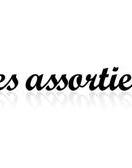Founded in 2013 fashion crowd-funding platform Out of X is designed for independent fashion designers and fashion-forward consumers; it provides the first the demand and funds in advance, while offering the second a unique variety of items to choose from. But it was in 2015, and after having spent two years growing their designer database around the world, that the team saw an opportunity and took their interest in China – Chinese young people were willing to spend significantly on brands, and not luxury, they couldn’t get at home. Today, they provide the groundwork for brands to expand their customer base through partnerships with luxury Chinese retailers in top-tier cities, matching them with the right consumer market. We sat down with Yael Hartmann, one third of the team, to discuss their shift to China and the Chinese consumer market.
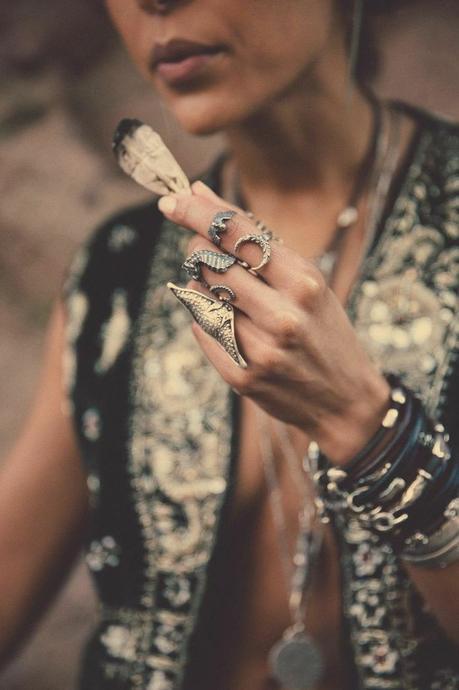
Alkemie Jewelry
What is your background and what were you doing before Out of X?
I have a background in strategic communications for the private and public sectors. I have worked for large PR firms and on behalf of independent clients to create social media campaigns. But I was also the founder of an e-commerce website for independent designers about eight years ago. When we closed our doors, I looked for an opportunity to work with the designer community, because there is such unlimited potential in certain markets – particularly in China. And when a friend of mine put me in touch with Out of X, I knew it was a natural fit. I am now the Head of Designer Relations, and curate the roster of designers that work with us in China.
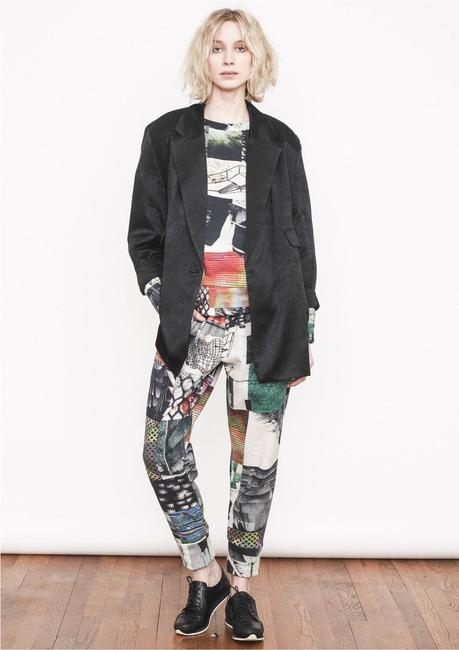
Berenik
Could you please explain the concept behind Out of X?
Out of X introduces independent designers to a 3 USD billion dollar Chinese market by bringing their products to retail buyers in top-tier cities. Middle-class Chinese consumers are much less interested in mega brands like Louis Vuitton; they want designs that they can’t get at their local shopping mall, like the exquisitely made calfskin bags made by BRBFinfinity, a designer of ours. But many of the retailers lack the network to find and work with these designers. Another issue is supply – most designers wouldn’t know how to approach this market due to the language, culture, and import and tax barriers.

Elise Ballegeer
How did your gravitation towards the Chinese market come about? Why not helping your local designers?
Our founders came to Shanghai as the finalists in China’s version of the TV show Shark Tank, where they were in the final three. They realized that there was huge growth in the middle class and that the millennial population was exploding – and these individuals were no longer clamoring for logos, but for exclusivity and rarity in their fashion choices. So many Chinese retailers are now diversifying their brands and looking outside of the country, because consumers are willing to spend 176% more on overseas goods. OOX is here to offer our retail partners overseas designers that are pushing the envelope when it comes to design and craftsmanship, such as groundbreaking womenswear designer Elise Ballegeer, or the designers coming out of Africa with gorgeous, one-of-a-kind pieces such as leather and metal jewelry designer Alkemie.
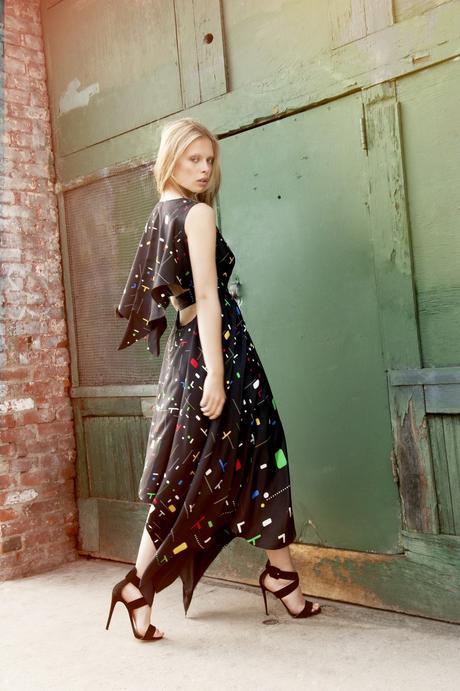
Equihua Apparel
Is there a selection/recruitment process you use or Out of X is equally open to everyone?
We look for designers who we believe will do well in the Chinese market, which is diverse and looks for high quality, high-definition designs, and for designers that can handle large orders. We differ from showrooms in North America where we don’t have a huge retainer fee upfront; we work off commission which makes our selection process meticulous. We only take on designers we think will do well with our retailers. Their pieces must be works of art, in addition to enhancing the wearer’s level of sophistication and style. Look at Mille Collines, for instance, a Rwandan designer with gorgeous fabrics and universally flattering shapes. You can’t find that anywhere else in the world, but the rest of the world should have access to it. The middle class Chinese are extremely well traveled, highly educated and discerning shoppers.
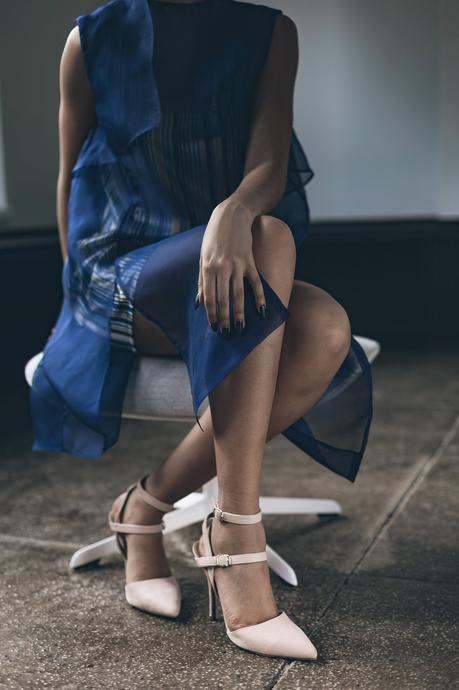
Marissa Wilson
Do you think that funding is the most important problem for a young designer?
Yes. Especially in North America, having a showroom and a PR rep adds up. That is why we work differently; we want to help emerging designer brands grow by working off commission and having a small commitment fee starting at $250 that covers our contracts with our retailers. The retailers in China want big orders from small designers, and are willing to pay for shipping and lower the barriers of entry that many designers experience when selling in North America or Europe. This is what I mean when I say that the opportunities for the emerging designer in China are limitless.
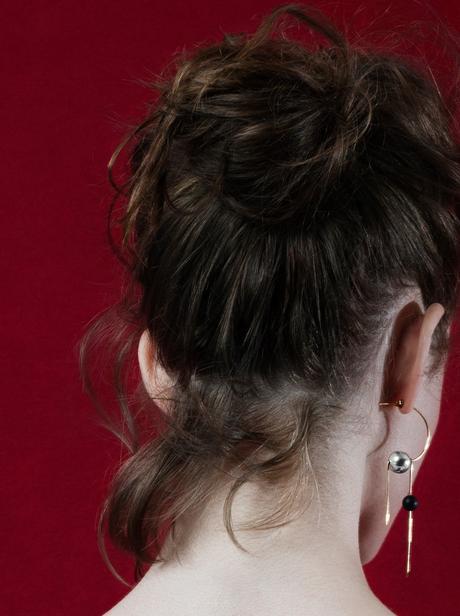
Mau Jewelry
What prompted the shift from luxury to independent fashion in China, in your opinion?
The exponential growth and increased sophistication of the middle class has lead them to access higher education and pursue international travels, which have given them a broader mindset. The craving for megabrands is over; these individuals want to spend their money on pieces that set them apart from the pack.
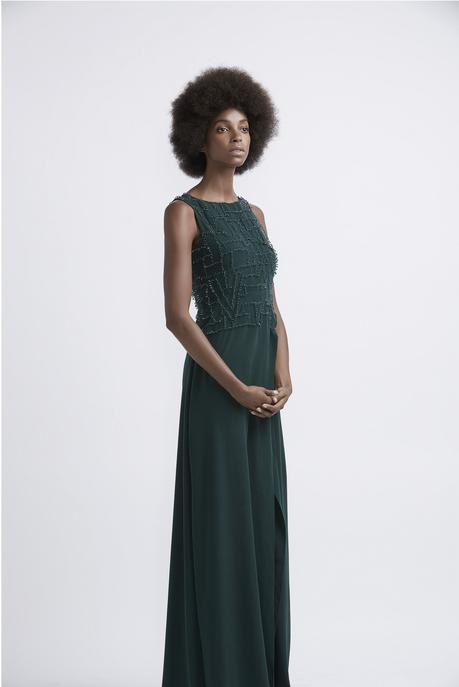
Mille Collins
Are there any tendencies of the Chinese market the West would find odd?
The menswear visual aesthetic is similar to women’s. Men are comfortable wearing beaded, sequined, more flamboyant and showstopper pieces. Handbags are also used by men. Street wear is also huge in China right now, which is why designers like Qilo NYC are favorites. Other casual pieces – funky sweaters that border on feminine in soft color but have a distinctly masculine cut are also popular – Daniel Dugoff, a NY designer, would be an excellent example of “unbasic basics” as the designers calls his pieces.
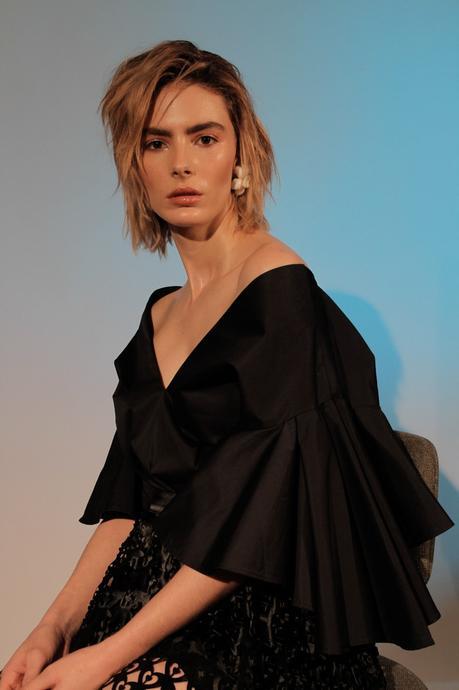
Nika Tang
Chinese consumers are quite fond of western fashion and trends, but it is often discussed that it is hard for Chinese brands to make it globally. What do you think? Is this the case today?
There are not many outlets for Chinese designers to expand unless they went to school or have a showroom in North America. Language is also a huge barrier for these designers, which limits their expansion.
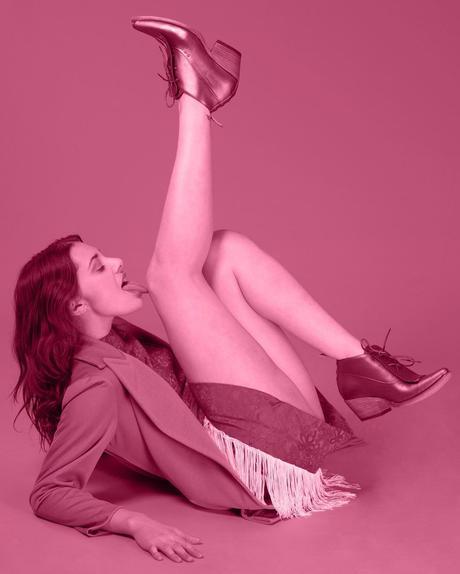
PSKaufman
The power of the consumer is all-the-more transforming fashion businesses. I am wondering if there could be a backfire to this in the long run. What is your opinion?
Retail will always be a prominent industry, but I think that the web has given smaller designers a lot more power. They can reach out to a much bigger audience – both individual customers and new markets altogether. Companies like Out of X understand that it is the era of the independent designers – they just need to know where in the world to look and how to go about it.
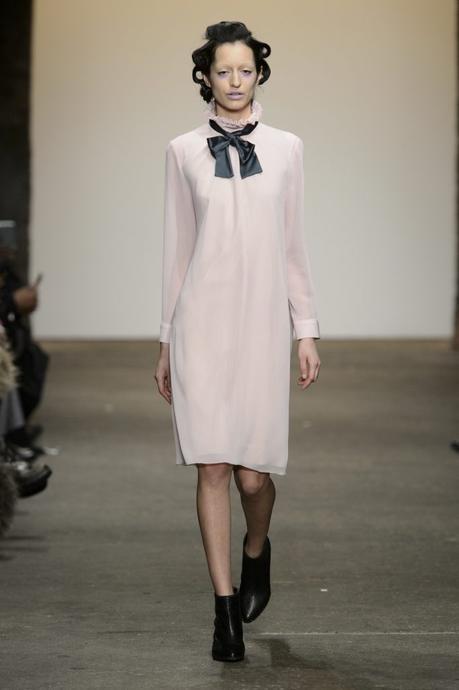
Saku NY
What is your ultimate goal through Out of X?
We aim to connect the global independent designer community with the massive and still very underdeveloped pool of demand for unique fashion in markets like China, where the profit margin for these entrepreneurs is much larger.
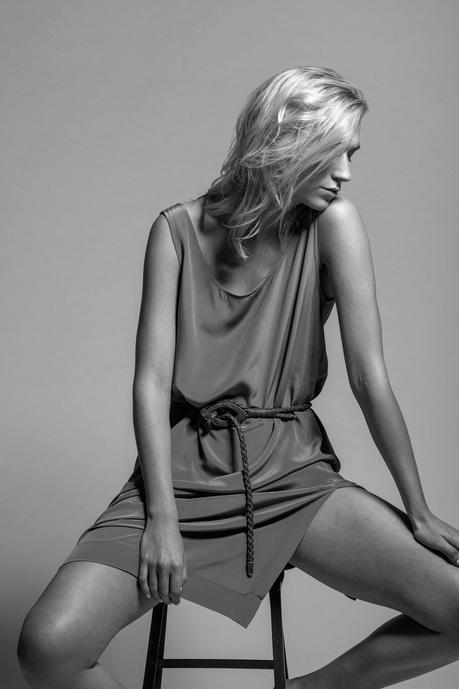
Von Drenik
Images c/o designers
www.outofx.com
